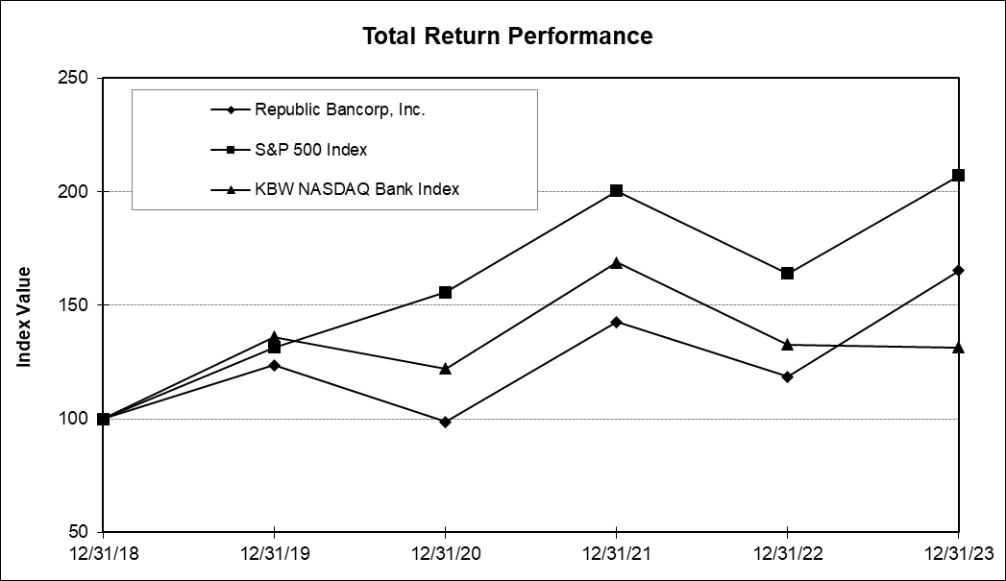Single-family, first-lien residential real estate loans with fixed-rate periods of 15, 20, and 30 years are primarily originated and sold into the secondary market. MSRs attached to the sold portfolio are either sold along with the loan or retained. Loans sold into the secondary market, along with their corresponding MSRs, are included as a component of the Company’s Mortgage Banking segment, as discussed elsewhere in this filing. The Bank, as it has in the past, may retain such longer-term, fixed-rate loans from time to time in the future to help combat net interest margin compression. Any such loans retained on the Company’s balance sheet would be reported as a component of the Traditional Banking segment.
The Bank does, on occasion, purchase single-family, first-lien residential real estate loans made to low-to-moderate income borrowers and/or secured by property located in low-to-moderate income areas, which assists the Bank in meeting its obligations under the CRA. In connection with loan purchases, the Bank receives various representations and warranties from the sellers regarding the quality and characteristics of the loans.
Commercial Lending — The Bank conducts commercial lending activities primarily through Corporate Banking, Commercial Banking, CRE Banking, Business Banking, Private Banking, and Retail Banking Channels.
Commercial lending credit approvals and processing are prepared and underwritten through the Bank’s centralized Commercial Credit Administration Department (“CCAD”). Commercial clients are typically primarily located within the Bank’s market footprint or in an adjoining market.
Credit opportunities are generally driven by the following: companies expanding their businesses; companies acquiring new businesses; and/or companies refinancing existing debt from other institutions. The Bank has a primary focus on C&I lending and CRE lending. The targeted C&I credit size for client relationships is typically between $1 million and $10 million, with higher targets between $10 million and $35 million for large Corporate Banking. The credit size for the Bank’s CRE Division borrowers is typically $5 million and higher and exhibit higher credit quality.
C&I loans typically include those secured by general business assets, which consist of equipment, accounts receivable, inventory, and other business assets owned by the borrower/guarantor. Credit facilities include annually renewable lines of credit and term loans with maturities typically from three to five years and may also involve financial covenant requirements. These requirements are monitored by the Bank’s CCAD. Underwriting for C&I loans is based on the borrower’s capacity to repay these loans from operating cash flows, typically measured by EBITDA, with capital strength, collateral, and management experience also important underwriting considerations.
Corporate Banking focuses on larger C&I opportunities. Borrowers are generally single-asset entities and loan sizes typically range from $5 million to $35 million. Primary underwriting considerations are project cash flows (current and historical), financial capacity of sponsors, and collateral value financed. The majority of interest rates offered are based on a floating rate index like term-SOFR and U.S. Treasuries. Fixed-rate terms of up to 10 years are available to borrowers by utilizing standard Bank products or interest rate swaps. In many cases the Bank seeks full or limited guarantees, or in certain instances, non-recourse (of owners) loans will be issued, with such cases based upon the equity/capital position, cash flow projections, and stabilization of the borrowing entity.
The Bank’s CRE Division, which launched in 2022, focuses on large CRE projects, typically in amounts from $5 million to $25 million. Borrowers are generally single-asset entities, mostly nonowner-occupied CRE. Primary underwriting considerations are cash flow projections (current and historical), financial capacity of sponsors, and collateral value financed. Fixed rate financing and reciprocal interest rate swaps are used as well. Given the size of these credits, the Bank generally seeks established, well-known borrowers and projects with low credit risk.
Commercial Banking focuses on small and medium sized C&I and owner-occupied CRE opportunities. Borrowers are generally single-asset entities and loan sizes typically range from $1 million to $5 million. As with Corporate Banking, the primary underwriting considerations are cash flow projections (current and historical), quality of leases, financial capacity of sponsors, and collateral value of property financed. Interest rates offered are based on both fixed and variable interest-rate formulas.
The Bank’s CRE and multi-family loans are typically secured by improved property such as office buildings, medical facilities, retail centers, warehouses, apartment buildings, condominiums, schools, religious institutions, and other types of commercial use property.


